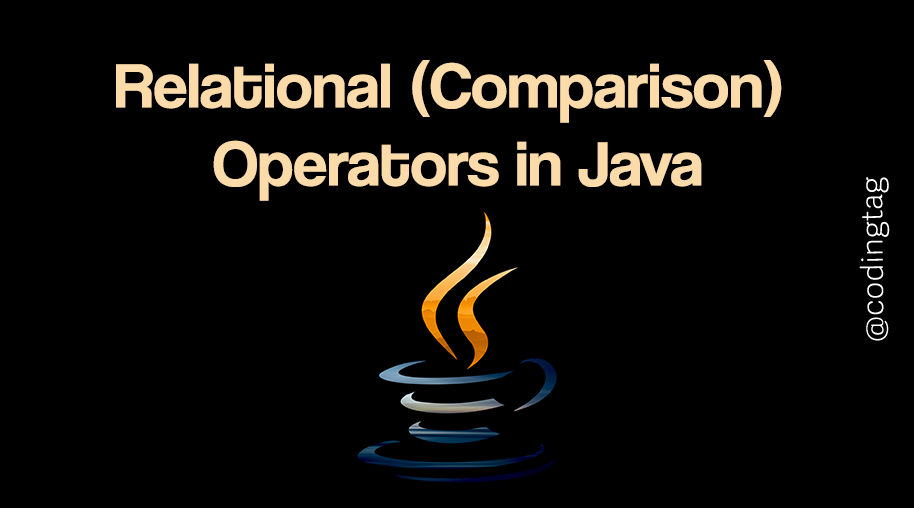Type Casting in Java
0 643
Introduction
In Java programming, data sometimes needs to be converted from one type to another. This process is known as Type Casting. Whether you're converting an integer to a float or an object to another class type, understanding how type casting works is essential for writing error-free and optimized code.
What is Type Casting?
Type Casting in Java refers to converting a variable from one data type to another. Java supports both primitive type casting and reference (object) type casting.
The conversions are done either automatically by the compiler or manually by the programmer.
Types of Type Casting in Java
There are two main types:
- Implicit Casting (Widening) – Performed automatically by Java when moving from a smaller to a larger type
- Explicit Casting (Narrowing) – Requires manual casting when moving from a larger to a smaller type
Implicit Type Casting (Widening)
Widening is safe and done automatically. For example, converting an int to a double:
int a = 25;
double b = a; // automatic conversion
System.out.println(b); // Outputs 25.0
Here, int has less precision than double, so Java promotes the value automatically.
Explicit Type Casting (Narrowing)
Narrowing needs to be done manually and may lead to data loss. For example:
double x = 9.78;
int y = (int) x; // explicit casting
System.out.println(y); // Outputs 9
The fractional part is lost during the conversion from double to int.
Type Conversion Between Primitive Types
Java allows type casting between compatible primitive types:
| From | To | Type |
| byte | short, int, long, float, double | Implicit |
| int | long, float, double | Implicit |
| double | float, long, int | Explicit |
Casting Between Object Types
Java also supports casting between objects, especially when using inheritance. This includes:
- Upcasting – Casting a subclass to a superclass (done implicitly)
- Downcasting – Casting a superclass to a subclass (requires explicit casting)
class Animal {
void sound() {
System.out.println("Animal sound");
}
}
class Dog extends Animal {
void bark() {
System.out.println("Dog barks");
}
}
public class Main {
public static void main(String[] args) {
Animal a = new Dog(); // Upcasting
Dog d = (Dog) a; // Downcasting
d.bark(); // Valid
}
}
Be careful with downcasting; if the actual object is not of the subclass type, it will throw a ClassCastException.
Type Casting with Wrapper Classes
Wrapper classes allow conversion between primitive and object types:
int num = 50;
Integer obj = num; // Autoboxing
int val = obj; // Unboxing
Autoboxing and unboxing are handled automatically by Java from Java 5 onwards.
Common Mistakes and Tips
- Always ensure that narrowing conversions won’t cause data loss
- Use
instanceofto check type before downcasting - Be cautious with floating-point to integer conversions
- Use wrapper classes and utility methods for object casting when needed
Conclusion
Type Casting in Java is a powerful feature that lets you convert values between different types safely and efficiently.
Whether you’re dealing with primitive values or object hierarchies, mastering type casting allows you to write more flexible and dynamic Java code.
If you’re passionate about building a successful blogging website, check out this helpful guide at Coding Tag – How to Start a Successful Blog. It offers practical steps and expert tips to kickstart your blogging journey!
For dedicated UPSC exam preparation, we highly recommend visiting www.iasmania.com. It offers well-structured resources, current affairs, and subject-wise notes tailored specifically for aspirants. Start your journey today!

Share:







Comments
Waiting for your comments